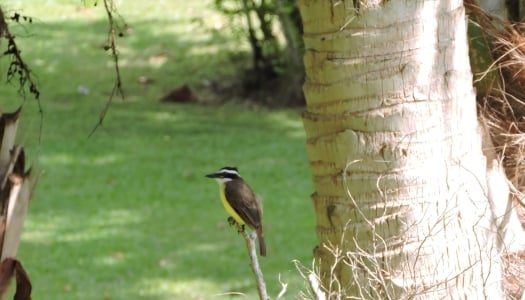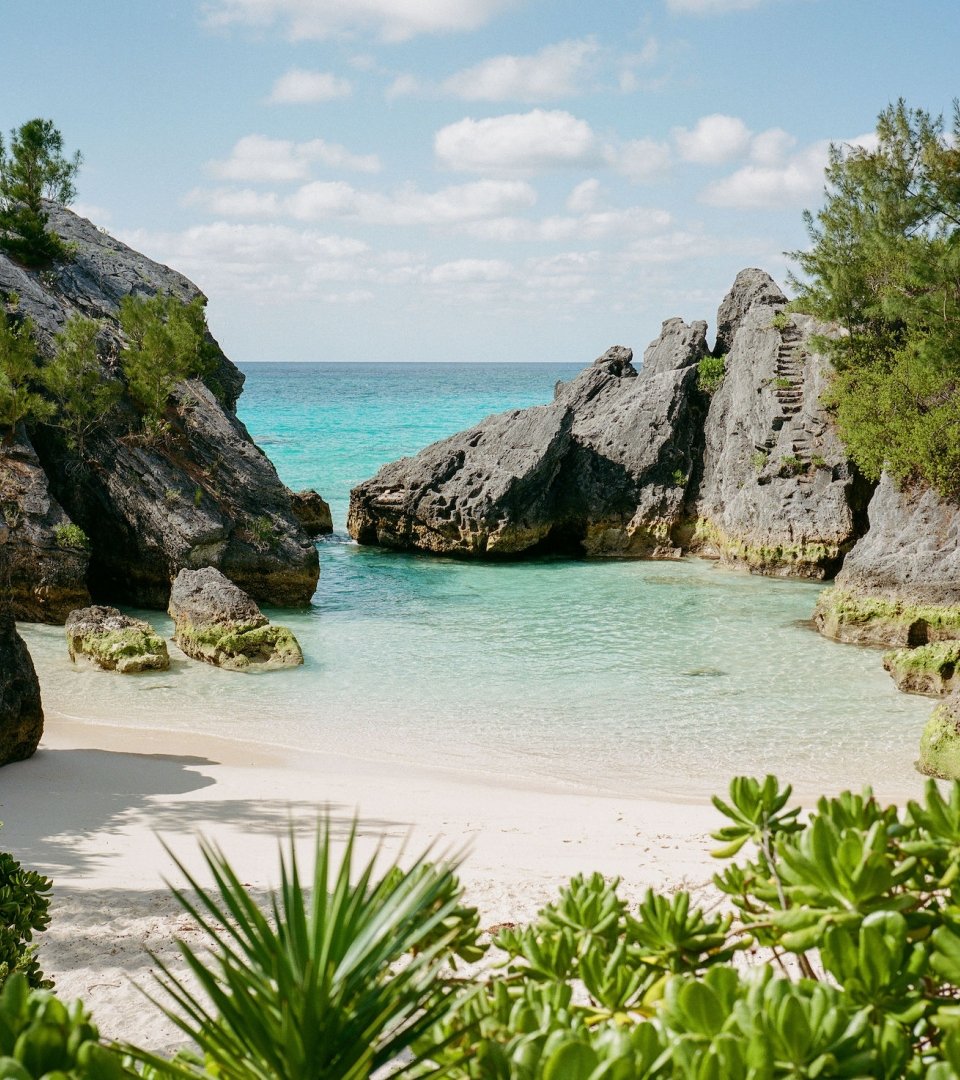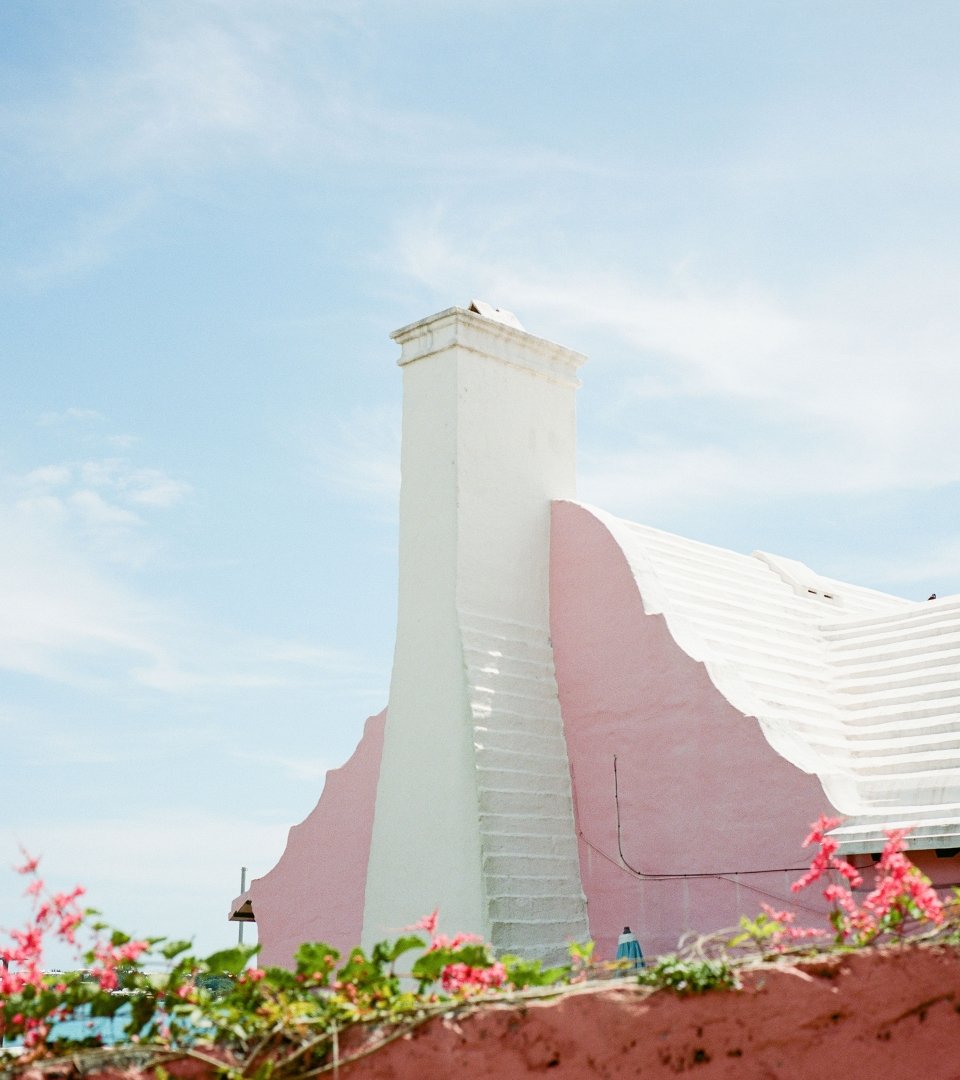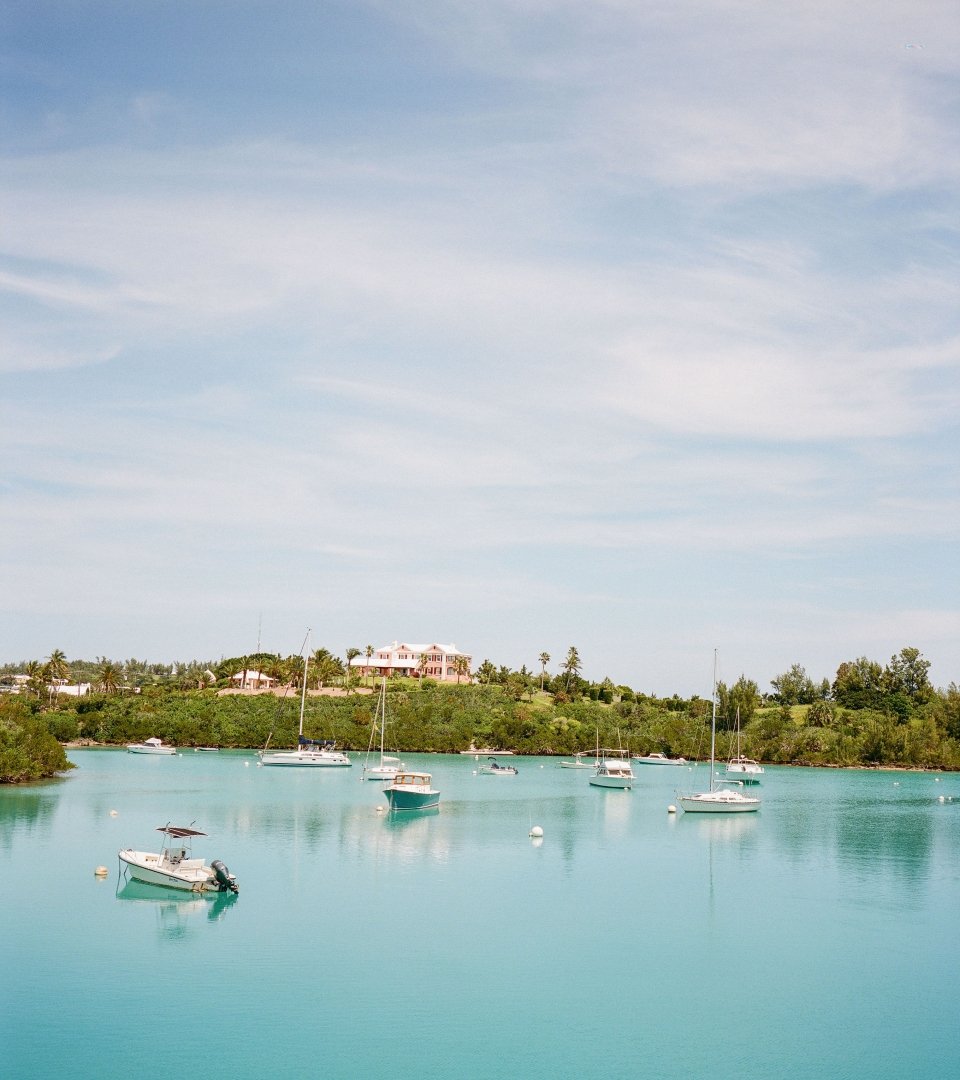Bermuda Eco Adventure at Spittal Pond Nature Reserve
Bermuda is an unbelievably beautiful place, but what if you had to pick the most beautiful place on the island? For many locals, it’s Spittal Pond Nature Reserve. Take in the dramatic landscape, spot a variety of wildlife and even uncover some interesting Bermuda history.
One of Bermuda’s Wildest Spots
Spittal Pond is positively teeming with life. The reserve’s diverse habitats provide a home for wide variety of animals. The reserve is best known for its unparalleled birdwatching opportunities, but that’s just the beginning of the wildlife you’ll encounter here, from the colourful Sally Lightfoot Crab to fluttering buckeye butterflies.
Of particular note is the Bermuda skink, one of the rarest lizards in the world. Barely eight inches long when full grown, the skink is critically endangered – be sure to tread carefully. Other creatures you may see during your time in Spittal Pond are on the other end of the size spectrum: 40-ton humpback whales are often spotted from Portuguese Rock here during Bermuda’s peak whale-watching months of March and April.

You may spot a 40-ton humpback whale from Portuguese rock during march and April, peak whale-watching season.
The Checkerboard
At the western end of the pond, you'll find a large, flat expanse of eroded marine limestone that forms an unusual pattern of cracks. It’s an example of a rare geological occurrence called tessellated pavement, with close-to-perfect right angles giving off a striking tiled appearance. Some said it resembled a checkerboard, and the nickname was born.
A Birdwatcher’s Paradise
Spittal Pond Nature Reserve is heaven for birdwatchers, especially during migratory seasons. Even if you’re not an avid birder, you’ll leave the reserve with a far greater appreciation of Bermuda’s feathered friends. Keep an eye (and an ear) out for the tuneful White-Eyed Vireo, a songbird (affectionately known in Bermuda as the “Chick-of-the-Village”) that can appear and disappear in the blink of an eye.
In January, you may see as many as 500 species near the pond, including black and white Warblers, American Redstart, Ovenbird and Northern Waterthrush. Bring binoculars if you can.

Portuguese Rock: History Etched in Stone
Bermuda was settled in 1612 by the survivors of the shipwrecked Sea Venture. It could've gone much differently. In 1543, a Portuguese ship wrecked on the treacherous reefs that surround the island. The crew of the vessel made its way to dry land in what is now Spittal Pond, and spent the next few weeks living off the sea turtles and building a pinnace (a light, oar-propelled boat) to take them away from the then-unnamed island.
But before they left, one of the crew climbed to the top of a craggy formation and carved the letters “RP” (possibly meaning Rex Portugaliae, for the King of Portugal) and the year, 1543, marking the very first known human visitors to Bermuda. Today, there’s a bronze plaque commemorating one of the great “what ifs” of the island’s history.
Bermuda’s Department of Conservation Services reminds visitors: Nature reserves are for nature – keep to the trail to avoid startling wildlife, and keep your dogs on a leash. Never remove plants or animals from a nature reserve.







